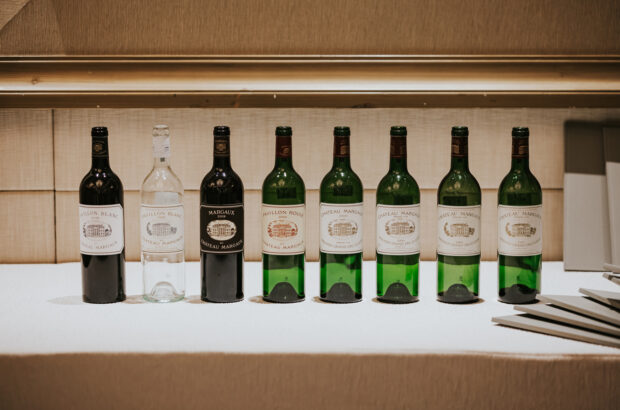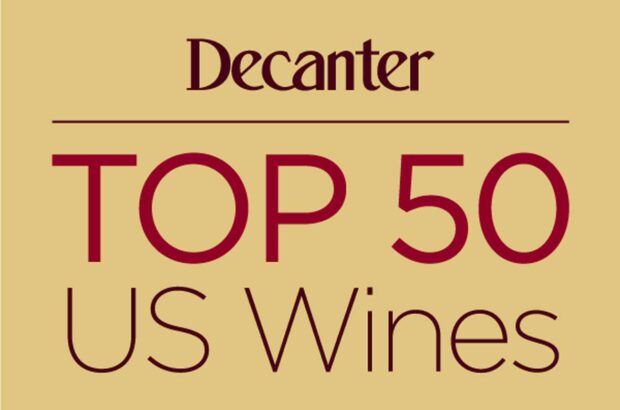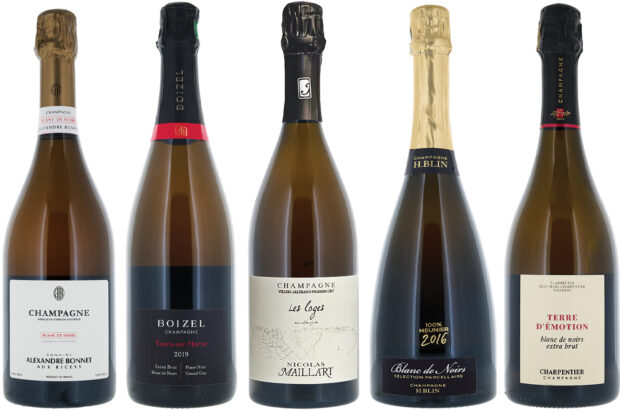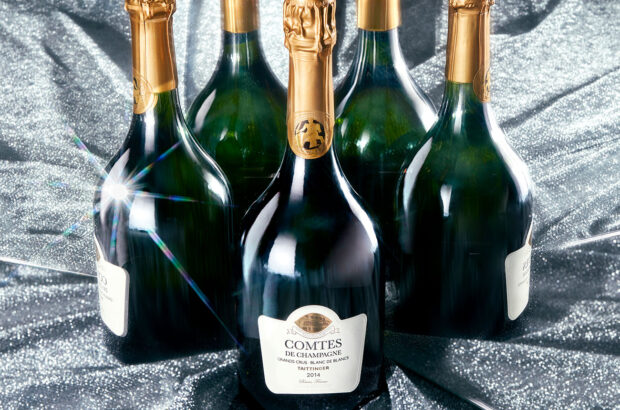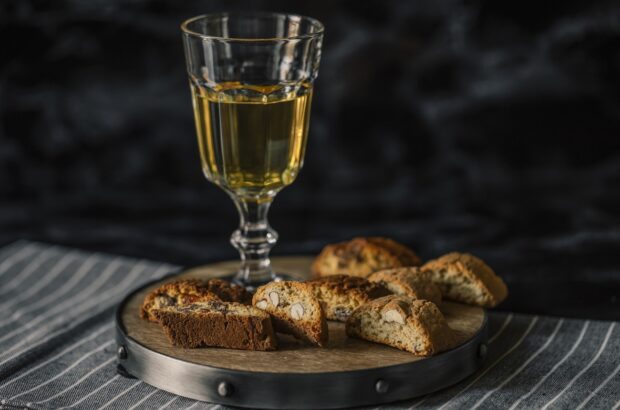- In Washington wine styles seem to be changing.
- Close relations between growers and winemakers has led to initially experimental and now increasingly commercial plantings of less conventional varieties.
- An excessive herbaceousness no longer seems to be a problem in Cabernet Sauvignon.
- The winery, it sometimes seems, is merely a conduit for the fruit.
Washington’s difficult winter climate
As I emerged from L’Ecole No 41 – a winery located in a former French schoolhouse, in case you are wondering about the weird name – I saw an unusual sight: a dog racing across the lawn. What was unusual was that the swift hound had only three legs. The dog, bless it, unwittingly provided an apt metaphor for Washington wine viticulture. You’ll hear much talk of Washington’s remarkable climate: long northern days bathing the vines in light, and cool northern nights helping to keep the acidities fresh and crisp. What you don’t hear so much about is the havoc wreaked by the winter freeze, when every few years the temperature plummets and wrecks some vineyards. Some grape varieties are more susceptible than others, notably Washington’s most celebrated varietal, Merlot.
Unique red wines
On the other hand, top vineyards always live dangerously, as any Mosel or Sauternes grower will confirm. The very extremity of Washington’s climate results in red wines of a very different structure to those, say, from Napa or Sonoma. When I first visited Washington, in 1990, I tasted a 1987 Columbia Merlot and noted ‘claret-like’, a term rarely used in California.
Washington reds have good ripeness levels, but quite high acidities and often high levels of tannin too. They are rarely opulent in their youth, and the best bottles require some ageing before the fruit and tannin are fully integrated. Although it would be absurd to say that Washington Cabernet and Merlot resemble Bordeaux, it is plausible to say that they lean in that direction.
Styles are changing
However, styles seem to be changing. In 1990 I was tasting bright, vivid, berry-flavoured Merlots from wineries such as Hogue, as well as more structured wines from Columbia and Château Ste Michelle. I also encountered many red wines that were distinctly herbaceous. That the wines are no longer so lean and green is attributable to vast strides made in vineyard management. Few Washington vineyards are more than 25 years old and it has required that time to learn where to plant the vines, how and when to irrigate them, and when to pick the grapes. The Washington reds of the late 1990s tend to be both more fleshy and structured than those of the 1980s and are all the better for it.
Vineyards
It was surely significant that, on my latest visit, I was invited to spend as much time in vineyards as at wineries. There is a clear understanding of the primary importance of vines and viticulture. In California everyone will speak in awed tones of Martha’s Vineyard or Fay Vineyard, but how many people have set foot in them or even know exactly where they are? In Washington, the vineyard is a code that announces at least the possibility of high quality. The winery, it sometimes seems, is merely a conduit for the fruit. At the leading Hedges winery in Red Mountain, I didn’t meet the winemaker, but I did meet David and Patricia Gelles, proprietors of the Klipsun Vineyard, which furnishes Merlot, Cabernet and Sauvignon Blanc to wineries that include Andrew Will, Chinook, Waterbrook and Hedges. David spends his days as a kind of nuclear metallurgist, while Patricia oversees the 32.4-hectare vineyard and sells its crop for a high price, knowing that demand for the fruit far exceeds supply.
Patricia Gelles’s opinion
‘In my view,’ says Gelles, ‘our Cabernet is better than our Merlot, which is better than our Sauvignon, which is better than our Sémillon, which is better than our Chardonnay, which is better than our Nebbiolo. Fortunately we only have half an acre of Nebbiolo.’ To prove the point, we drank with dinner a range of older wines all made from Klipsun fruit. There were variations in winemaking skill – from the lushness and opulence of Foris’ 1993 Merlot to the powerful but coarse style of Oakwood Valley’s 1989 Cabernet – but there was no denying the superb quality of the fruit. The best wines were a 1994 La Merleausine Cabernet from a boutique winery based in Oregon, and a veteran bottle from Washington’s most highly regarded winery, a 1981 Leonetti Cabernet.
Prized sites for Merlot and Cabernet
There are many other prized sites in the state. Château Ste Michelle sings the praises of its Cold Creek and Canoe Ridge vineyards, among others, and the Chalone group of California has also invested heavily in vineyards on Canoe Ridge, overlooking the Columbia River. Grower, Mike Sauer of Red Willow Vineyards has formed close links with the state’s most celebrated winemaker, David Lake of Columbia Winery.
Lake has been one of the pioneers of single-vineyard reds from Washington, routinely bottling three different Cabernets from different sites: Otis, Sagemoor and Red Willow. Château Ste Michelle has also been involved in promoting the designation of individual vineyards.
Experimental ideas
Although the best sites for Cabernet and Merlot are now widely recognised, the close relations between dedicated growers and creative winemakers has led to initially experimental and now increasingly commercial plantings of less conventional varieties. Mike Sauer would agree with David Gelles that Nebbiolo has proved a non-starter in Washington, but the tiny Cavatappi Winery has made a deliciously peppery Sangiovese-Cabernet blend from Red Willow fruit.
It is becoming clear that Syrah has great potential in Washington, where sites such as Red Willow deliver ripe but not jammy Syrah fruit to Columbia, a partnership that began over 10 years ago. Back in 1986 there were 1.21ha of Syrah in the state; today there are at least 121ha. Château Ste Michelle has planted Syrah at Cold Creek Vineyard, and the results are sure to be interesting. Its sister winery, Columbia Crest, already sells a charming Grenache under the Côte de Columbia label, though its Syrah bottlings show potential rather than achievement.
Cabernet Franc
Cabernet Franc works surprisingly well as a varietal in Washington, delivering bright blackberry fruit. David Lake at Columbia likes to blend Red Willow Cabernet Franc with Merlot, as does Waterbrook, which produced a simply delightful example in 1994.
Cabernet Franc, however, remains a sideline for most wineries, whereas Merlot is ubiquitous. I have found excellent and reasonably priced examples from Hogue and Covey Run, but also some disappointing wines from highly regarded wineries. The Chinook Merlots seem flat and somewhat dilute and hardly benefit from prolonged wood ageing; those from L’Ecole No 41 are wildly erratic, stewed in one vintage and fresh and juicy in another.
Washington’s relationship with Merlot and Cabernet
If Washington’s reputation for good red wine was founded on Merlot, there seems little doubt that any future potential for great red wine will be realised from Cabernet Sauvignon. It will always be a more demanding wine than Merlot, more profound, more richly structured and more elegant. Eric Rindal, owner and winemaker at Waterbrook in Walla Walla, is in no doubt that Cabernet is the state’s top varietal. If in past decades it suffered from some of the same deficiencies as Merlot – notably an excessive herbaceousness – that no longer seems to be a problem, thanks to more sophisticated vineyard management. Moreover, the Washington winemakers have, for the most part, been cautious in applying lashings of oak, and most wines are well balanced, enjoyable young but clearly capable of evolution in bottle. Those seeking a midway path between the austerity of Cabernet and the sweet berry fruit of Merlot can opt instead for blends of the two. Those from Hedges and Gordon Brothers are delicious.
So it seems safe to predict that the three-legged dog at L’Ecole No 41 will soon be replaced by a quadruped canine, and the days when Washington reds were seen as also-rans when compared with the opulent wines of Napa and Sonoma are fast receding. And if I persist in finding many Washington Cabernets ‘claret-like’, that should be construed as high praise.








